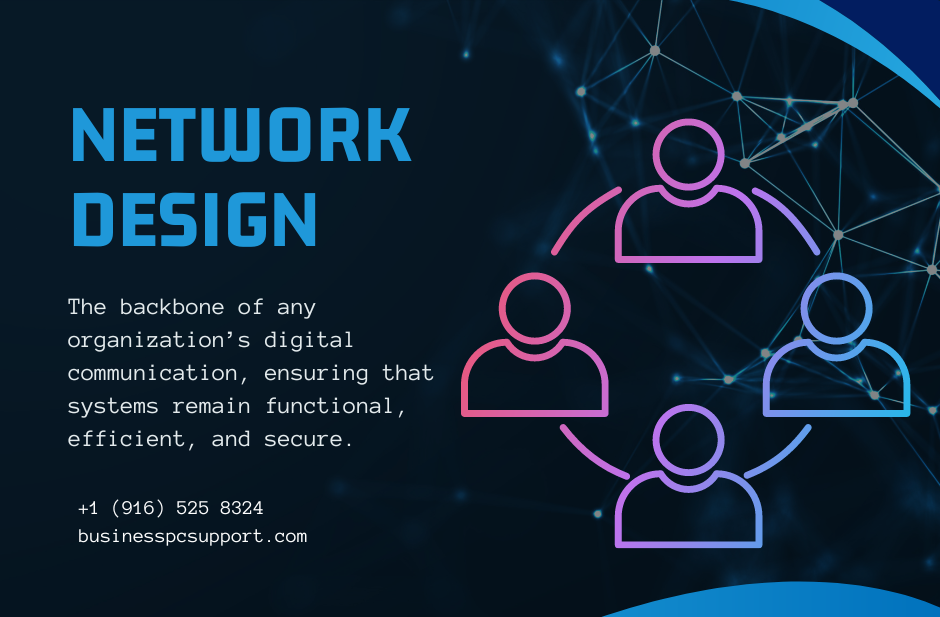Understanding the Growing Threat of Cybercrime
Table of contents
In our increasingly interconnected world, cybercrime has grown into a significant issue affecting individuals, businesses, and governments alike. Criminal activities conducted through computers or the internet fall under the broad term “cybercrime.” The intentions behind these activities often involve stealing sensitive data, disrupting systems, or causing harm. With methods like phishing scams and ransomware attacks, cybercriminals evolve rapidly, requiring us to stay vigilant and informed about how to protect against these threats.
What is Cybercrime?
Cybercrime encompasses a wide variety of illegal activities conducted through digital networks or devices. Unlike traditional crimes that often involve physical acts, cybercrimes occur in virtual spaces. Criminals may target individuals, corporations, or governments, engaging in activities like identity theft, hacking, or even cyber warfare.
Examples include hacking into computer networks, spreading viruses, and carrying out fraudulent schemes. Although some cybercrimes are committed by individual hackers, organized crime groups and state-sponsored actors are increasingly involved. The anonymity and global nature of the internet make cybercrime a persistent and complex issue for all sectors of society.
Types of Cybercrime
Cybercrime takes many forms, each presenting unique challenges for detection and prevention. Some of the most common types include:
Hacking
Hacking involves unauthorized access to computer systems or networks. Hackers exploit weaknesses in software or hardware to gain control over systems, often stealing data or causing disruptions.
Phishing
Phishing is a social engineering attack where criminals send fake emails or messages that seem to be from legitimate sources. These messages trick individuals into providing personal information such as passwords or financial details. The U.S. Federal Trade Commission (FTC) offers essential tips to protect against phishing attacks.
Ransomware
Ransomware is a type of malware that encrypts a victim’s data, making it inaccessible. The attackers then demand payment for restoring access. These attacks can cripple individuals or large organizations, leading to significant financial losses.
Identity Theft
Cybercriminals steal personal information like Social Security numbers, credit card details, or bank account information in identity theft cases. This stolen data is used to commit fraud, often leading to financial and personal damage for the victim.
Distributed Denial of Service (DDoS) Attacks
DDoS attacks overwhelm a targeted network or website with massive amounts of traffic, causing the system to crash. Criminals often use these attacks to disrupt services, sometimes as a diversion or a protest.
The Impact of Cybercrime
Cybercrime affects individuals, businesses, and economies. The tangible effects include financial losses, data breaches, and reputational harm, but the psychological impact on victims is equally concerning.
For Individuals
Data breaches often lead to identity theft and financial fraud. Victims may feel violated, anxious, and wary of using online services. This reluctance can limit access to essential online platforms.
For Businesses
Cybercrime poses a serious threat to businesses, regardless of their size. Data breaches expose sensitive customer information, leading to regulatory fines, lawsuits, and damaged trust. Ransomware attacks may halt operations for extended periods, causing significant revenue losses. The National Institute of Standards and Technology (NIST) provides guidance on managing cybersecurity risks.
For Governments
Governments are frequently targeted in cyberattacks. Critical infrastructure, such as power grids and defense systems, is particularly vulnerable. A successful attack could disrupt essential services and threaten public safety.
Cybercrime Prevention Strategies
Preventing cybercrime is crucial for individuals and organizations alike. Implementing strong cybersecurity measures can mitigate many of these threats.
Use Strong, Unique Passwords
Using strong, unique passwords for every account is one of the simplest yet most effective prevention measures. Strong passwords typically consist of a combination of letters, numbers, and symbols. A password manager can help you maintain and track your passwords without the need to memorize them.
Enable Two-Factor Authentication (2FA)
Two-factor authentication (2FA) adds an extra layer of security. Besides the password, a second verification step, such as a code sent to your phone, makes it harder for attackers to gain access. Even if cybercriminals obtain your password, they can’t easily bypass the 2FA barrier.
Keep Software Updated
Cybercriminals often exploit vulnerabilities in outdated software. Regularly updating your operating system, applications, and antivirus software can patch those vulnerabilities and make it harder for attackers to succeed. Staying up to date with your system’s security reduces the chances of a successful attack.
The Cybersecurity & Infrastructure Security Agency (CISA) provides recommendations for maintaining good cyber hygiene.
Be Cautious of Phishing Scams
Phishing scams try to trick you into providing sensitive information by pretending to be from legitimate organizations. Always check the email sender’s address, avoid suspicious links, and never share personal details unless you’re sure the request is authentic.
Backup Your Data
Regular backups can save you in the event of a ransomware attack or system crash. Secure your backups in an off-site location or cloud-based storage to ensure they remain accessible, even if your primary system becomes compromised.
Legal and Regulatory Frameworks for Cybercrime
Governments worldwide recognize the threat of cybercrime and have established legal frameworks to combat it. Laws like the U.S. Computer Fraud and Abuse Act (CFAA) and the European Union’s General Data Protection Regulation (GDPR) define criminal behavior in the digital world and provide law enforcement with the necessary tools to prosecute cybercriminals.
International Cooperation
Since cybercrime often crosses national borders, international collaboration is critical. Organizations like INTERPOL and Europol foster global cooperation to track down and prosecute cybercriminals who operate across jurisdictions.
The Role of Cybersecurity in Preventing Cybercrime
Cybersecurity professionals play a vital role in defending against cybercrime. As threats evolve, cybersecurity teams must stay ahead by identifying vulnerabilities, monitoring suspicious activity, and responding promptly to incidents.
Threat Intelligence
Cybersecurity relies on threat intelligence to stay informed about potential threats. By analyzing cyberattack patterns, security teams can anticipate future incidents and prepare accordingly. This allows for more proactive defenses.
Incident Response Plans
A well-defined incident response plan can minimize damage during an attack. Such a plan outlines the steps an organization will take in case of a breach. It includes identifying the source, containing the attack, and restoring normal operations.
The Future of Cybercrime and Cybersecurity
As technology advances, so do the tactics used by cybercriminals. Emerging technologies such as artificial intelligence (AI), the Internet of Things (IoT), and quantum computing introduce new risks, but they also provide new tools for cybersecurity experts. The future will see an ongoing battle between cybercriminals and security professionals.
AI and Machine Learning
AI and machine learning are increasingly being used to detect and respond to cyber threats in real-time. By analyzing vast datasets, these technologies can identify malicious behavior and take immediate action. This helps cybersecurity systems keep up with the speed of modern attacks.
Blockchain Technology
Blockchain technology, primarily known for its use in cryptocurrencies, offers promising applications for cybersecurity. By decentralizing data storage, blockchain makes it more difficult for cybercriminals to target central systems. It enhances transparency and reduces the chance of fraud.
Cybercrime FAQs
What is the most common type of cybercrime?
Phishing is one of the most widespread forms of cybercrime. Attackers trick individuals into providing personal information by posing as legitimate organizations.
How can I protect myself from cybercrime?
Using strong passwords, enabling two-factor authentication, and being cautious of phishing scams are key steps to protect yourself. Learn more security tips from the FTC.
What should I do if I’m a victim of cybercrime?
Report the crime to local authorities and the relevant online platforms. Contact your financial institution if your banking details were compromised.
Can businesses fully prevent cyberattacks?
While no business can fully prevent attacks, implementing robust cybersecurity measures significantly reduces the risks. Refer to the NIST Cybersecurity Framework for guidance.
What is the cost of cybercrime to the global economy?
Cybercrime costs the global economy trillions of dollars each year, and this figure is expected to rise as cybercriminals become more sophisticated.
Are small businesses at risk of cybercrime?
Yes, small businesses are often targets due to fewer cybersecurity resources. Cybercriminals know that smaller companies may be easier to breach.
Conclusion
Cybercrime continues to evolve, posing significant threats to individuals, businesses, and governments. Although cybercriminals develop increasingly sophisticated methods, adopting strong cybersecurity practices can help mitigate these risks. Staying informed, implementing proactive measures, and using available resources can protect you from becoming a victim in the rapidly expanding digital landscape.




Comments are closed